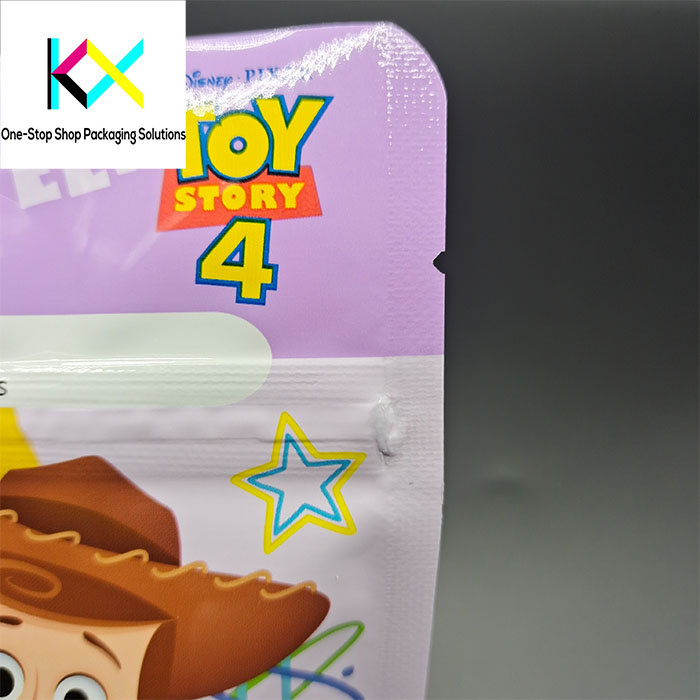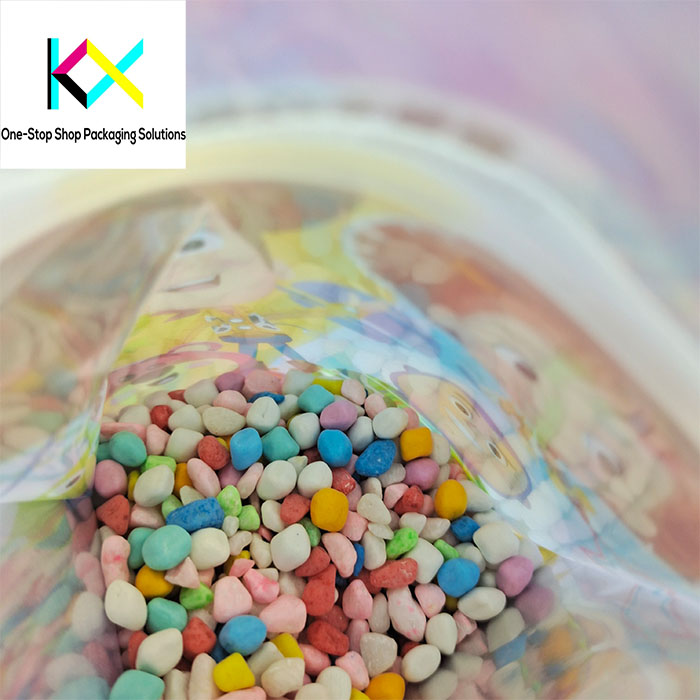Popcorn Packaging Pouches: The Unsung Innovators in Flexible Packaging’s Sustainability Surge
In the bustling world of snack and pet food packaging, popcorn packaging pouches are quietly driving a revolution. Once a simple vessel for movie-night treats, these pouches now embody the intersection of convenience, sustainability, and cross-industry ingenuity. From resealable dog food bags to snacks packaging pouches for nuts and crisps, the lessons learned from popcorn’s quest for freshness are reshaping how brands approach design, material science, and eco-responsibility.

The Freshness Factor: How Popcorn Inspired Smarter Seals
Popcorn packaging pouches face a unique challenge: preserving crunch while preventing staleness. This has led to innovations like nitrogen flushing and high-barrier films—techniques now adopted by snacks packing pouch manufacturers for products like tortilla chips and pretzels. The pet food industry has followed suit, with resealable dog food bags integrating similar oxygen-blocking layers to keep kibble fresh. Brands like SkinnyPop and LesserEvil use multi-layer laminates in their popcorn packaging pouches, combining metallized films for UV protection with compostable inner liners—a hybrid approach borrowed from premium pet food brands like Open Farm.
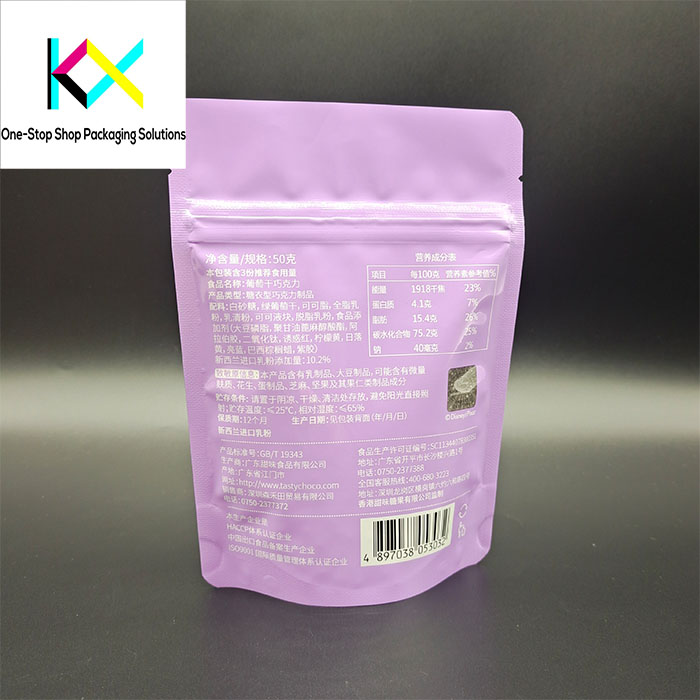
Resealability: From Pantry Staples to Pet Food
The rise of on-the-go snacking and multi-pet households has made resealability non-negotiable. Resealable dog food bags, once a niche luxury, now dominate the market, with zippers engineered to withstand repeated openings without tearing. This technology has cascaded into snacks packaging pouches, where brands like PopCorners use “press-to-close” zippers that mimic those in pet food packaging. Meanwhile, popcorn packaging pouches are experimenting with adhesive reseal strips that leave no plastic residue—ideal for compostable designs.
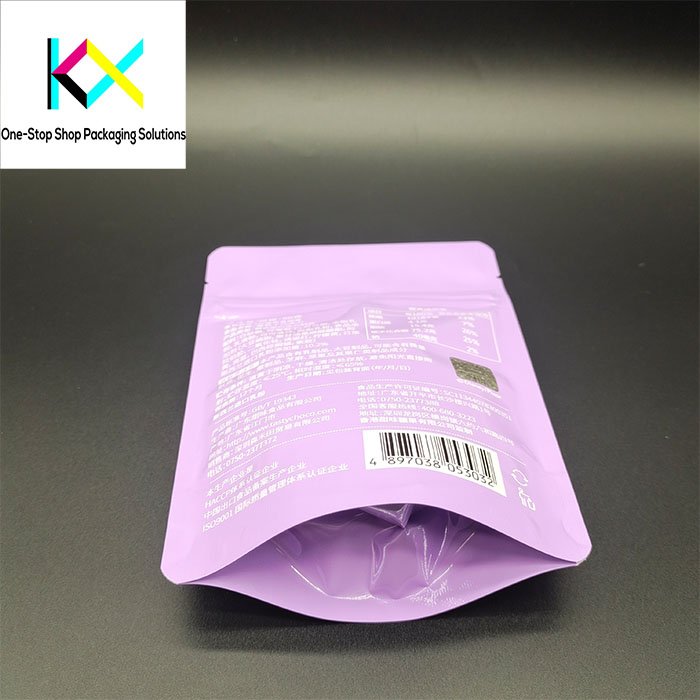
Sustainability’s Cross-Industry Playbook
The push for greener materials is unifying snack and pet food sectors. Popcorn packaging pouches now feature post-consumer recycled (PCR) content, a trend pioneered by dog food packaging bag brands like The Honest Kitchen. Compostable films, such as PLA and PBAT, are also gaining traction. For instance, BoomChickaPop’s compostable popcorn packaging pouches decompose in 90 days, mirroring TerraCycle’s initiatives for resealable dog food bags. However, challenges persist: compostable laminates in snacks packaging pouches often require industrial facilities, which remain inaccessible to 60% of U.S. consumers.
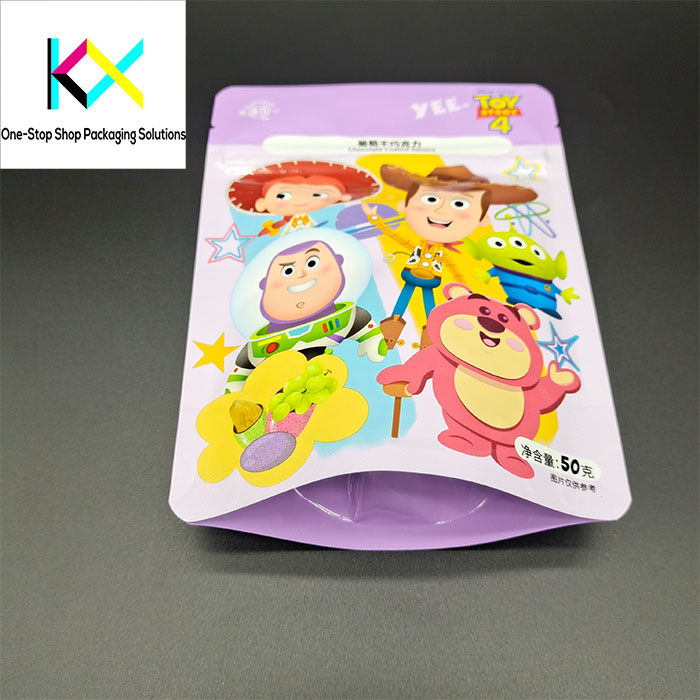
Smart Packaging: Bridging Convenience and Engagement
QR codes and NFC tags, once reserved for premium dog food packaging bags, are now enhancing popcorn packaging pouches. Scan a Smartfood pouch, and you might unlock a movie trivia game or recycling instructions—a tactic that boosts engagement while educating consumers. Temperature-sensitive inks, initially tested in snacks packing pouch designs for chocolate, are being adapted to popcorn pouches to indicate butter flavor degradation.
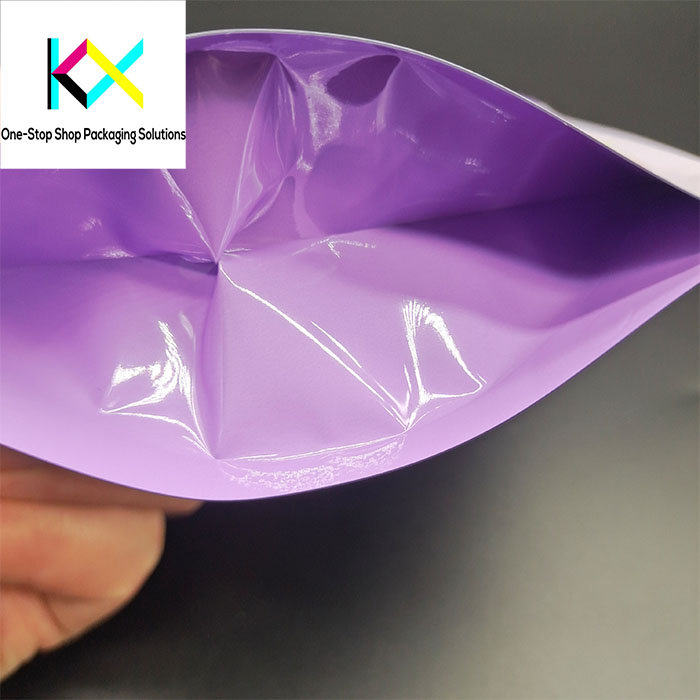
The Cost vs. Conscience Conundrum
While consumers demand sustainability, cost remains a barrier. Compostable popcorn packaging pouches can be 25% pricier than traditional options, a gap smaller brands struggle to bridge. Similarly, resealable dog food bags made from mono-materials like PE cost more but simplify recycling. Brands are tackling this through partnerships: Popcorners collaborates with recycling startups to offset costs, while Blue Buffalo invests in chemical recycling tech to repurpose used dog food packaging bags into new pouches.
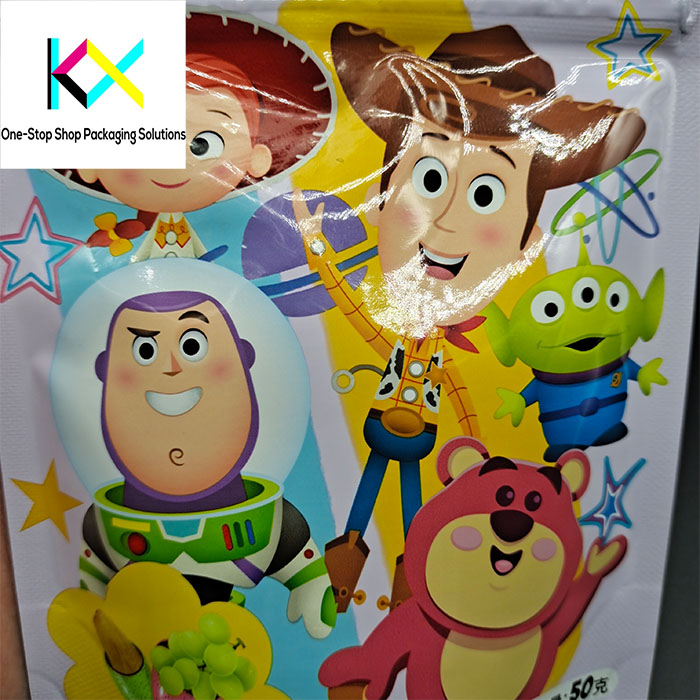
The Future: Edible Films and Beyond
Emerging tech could blur the line between packaging and product. Edible, flavorless coatings—tested in snacks packaging pouches for seasoning retention—might soon line popcorn packaging pouches, dissolving during popping. Meanwhile, “active packaging” with oxygen absorbers (perfected in resealable dog food bags) could extend the shelf life of organic popcorn by months.
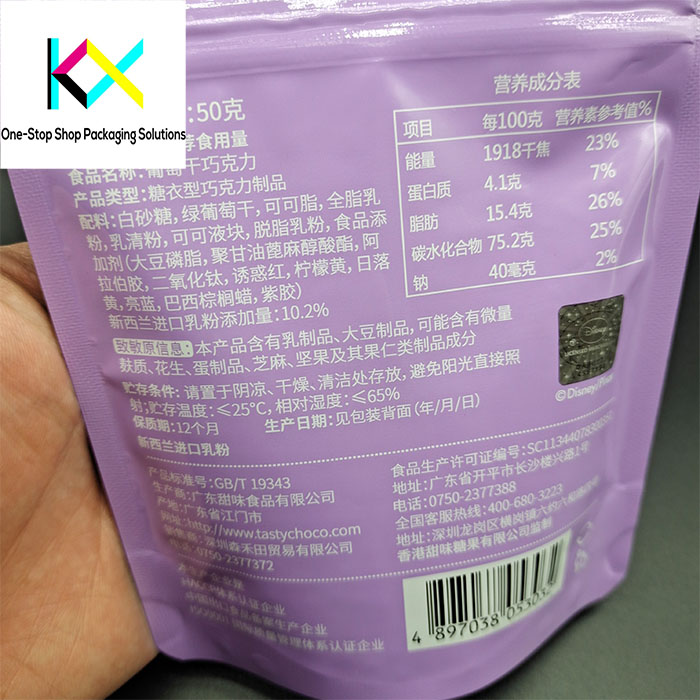
Conclusion: A Kernel of Truth
The evolution of popcorn packaging pouches underscores a universal truth: innovation thrives when industries collaborate. Pet food’s resealable zippers, snacks’ barrier films, and popcorn’s compostable quests are converging into a blueprint for the future. As EU regulations ban non-recyclable plastics by 2030 and Gen Z prioritizes eco-conscious brands, the pressure to adapt is clear.
Whether it’s a resealable dog food bag that survives both chew sessions and recycling plants or a popcorn packaging pouch that composts into garden soil, the packaging industry is proving that sustainability isn’t a trend—it’s a transformation. And in this transformation, every pouch, seal, and zipper plays a part. After all, if popcorn can pop the lid on packaging’s potential, imagine what’s next when industries truly unite.
For brands, the message is simple: Think beyond the bag. Because the future of packaging isn’t just about what holds the product—it’s about what holds the promise of a better planet.
You can visit our website to know more about our compostable pouch:
